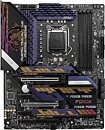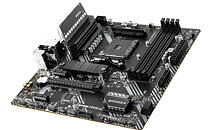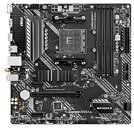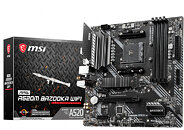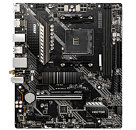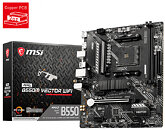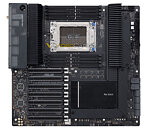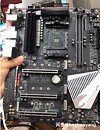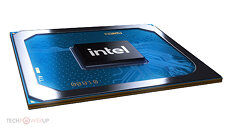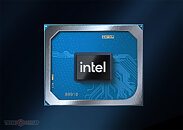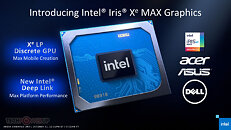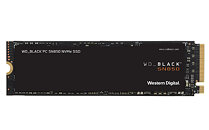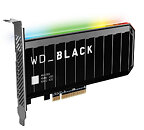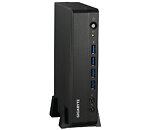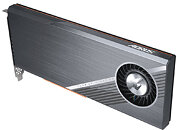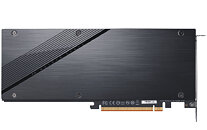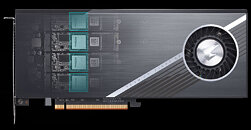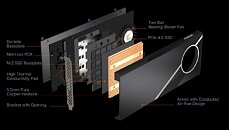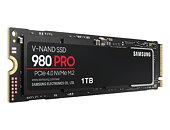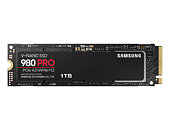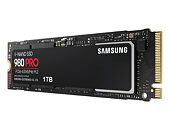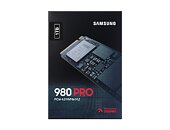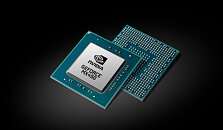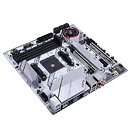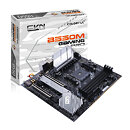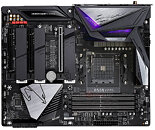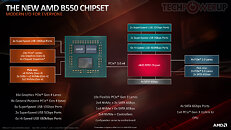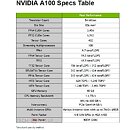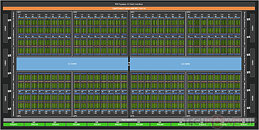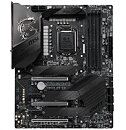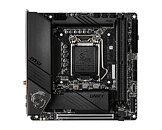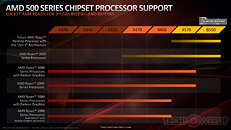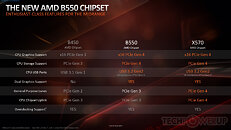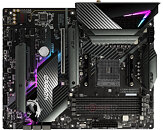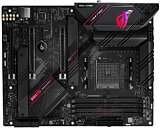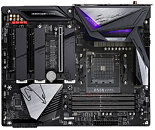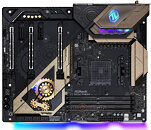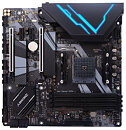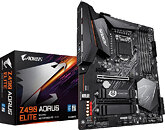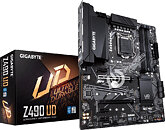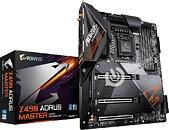
Corsair MP600 Core and Water Cooled MP600 PRO HydroX SSDs Pictured
Newegg listings indicate Corsair is ready with the MP600 Core and MP600 PRO HydroX, which they state release later today. The MP600 Core is an M.2 NVMe SSD that's a cost-effective variant of the MP600 PRO. Built in the M.2-2280 form-factor, the drive takes advantage of PCI-Express 4.0 x4, but unlike the MP600 PRO, uses QLC NAND flash memory. The drive uses the Phison PS5016-E16 controller just like the original MP600, but swaps out its TLC NAND flash for QLC. On offer, are sequential transfer rates of up to 4950 MB/s reads, and up to 3700 MB/s writes, up to 380,000 IOPS 4K random reads, and up to 580,000 IOPS 4K random writes.
The MP600 PRO HydroX, on the other hand, is a premium variant of the MP600 PRO that comes with a factory-fitted water block that you connect to your DIY liquid cooling loop. It uses the same combination of the latest Phison PS5018-E18 controller with 3D TLC NAND flash, and offers the same on-paper performance, with up to 7000 MB/s sequential reads, up to 6550 MB/s sequential writes, up to 660,000 IOPS 4K random reads, and up to 800,000 IOPS 4K random writes. The MP600 Core and MP600 PRO HydroX are expected to launch alongside the original MP600 PRO, later this week. Both the MP600 Core and MP600 PRO HydroX are listed on the international stores of Newegg, with the 2 TB MP600 PRO HydroX going for $459, and the 2 TB MP600 Core going for £286 (incl. VAT).
The MP600 PRO HydroX, on the other hand, is a premium variant of the MP600 PRO that comes with a factory-fitted water block that you connect to your DIY liquid cooling loop. It uses the same combination of the latest Phison PS5018-E18 controller with 3D TLC NAND flash, and offers the same on-paper performance, with up to 7000 MB/s sequential reads, up to 6550 MB/s sequential writes, up to 660,000 IOPS 4K random reads, and up to 800,000 IOPS 4K random writes. The MP600 Core and MP600 PRO HydroX are expected to launch alongside the original MP600 PRO, later this week. Both the MP600 Core and MP600 PRO HydroX are listed on the international stores of Newegg, with the 2 TB MP600 PRO HydroX going for $459, and the 2 TB MP600 Core going for £286 (incl. VAT).





